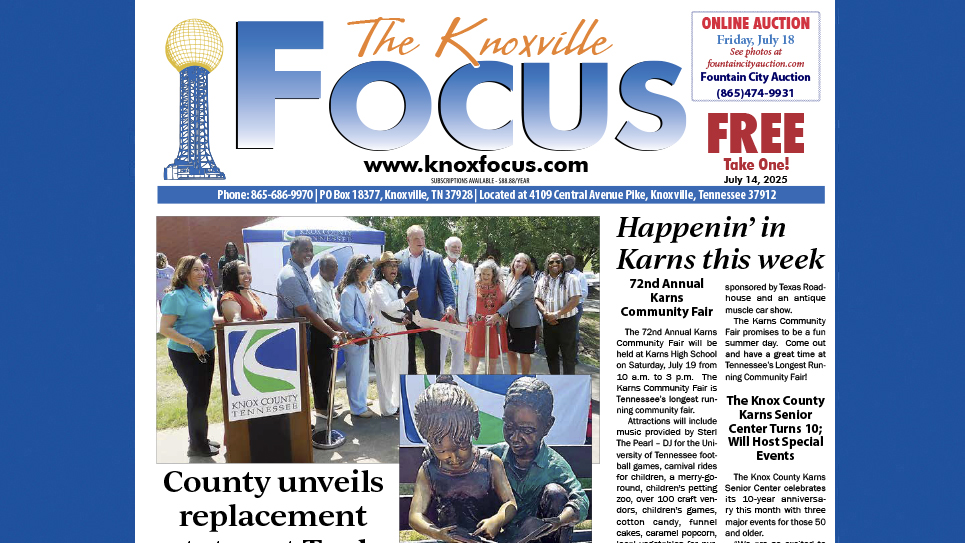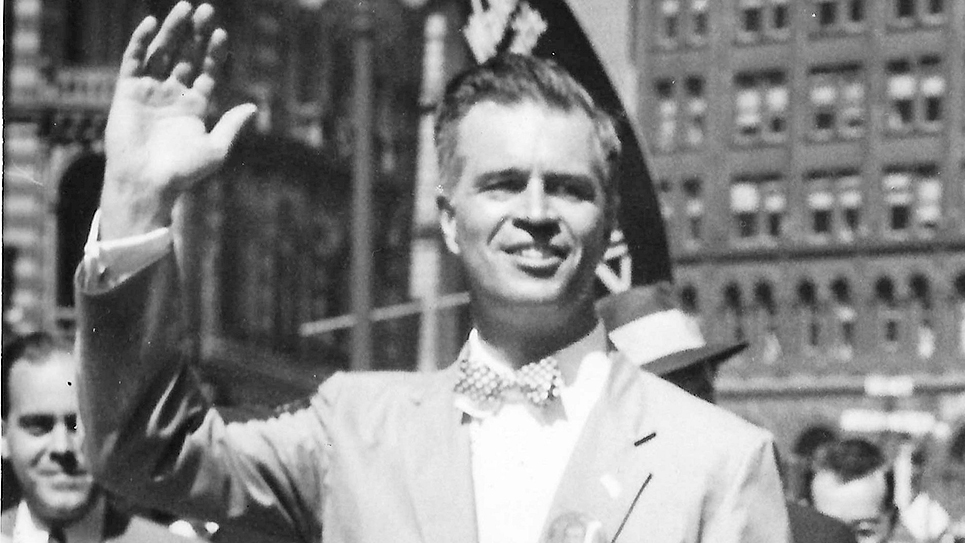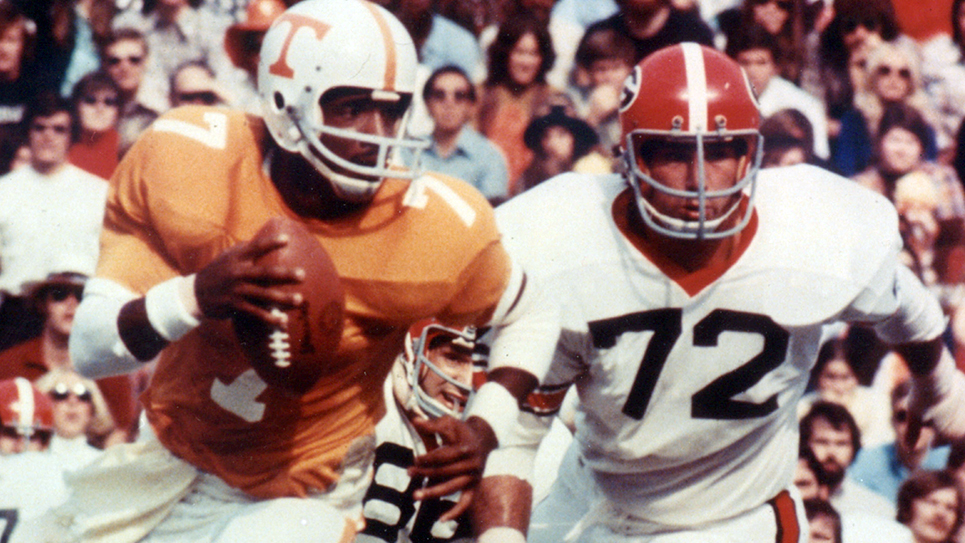By Tom Mattingly
It was 99 years ago this past month, September 24, to be specific, that Tennessee played its first game in a new arena called “Shields-Watkins Field,” sometimes referred to in its early days as “Shields-Watkins Stadium” or “The Shields-Watkins Field.” Emory & Henry came to town to help christen the new stadium.
The Vols had played their season opener against the Wasps five times in the 1920s and pitched five shutouts (45-0 in 1920 under coach John R. Bender, 27-0 in 1921, 50-0 in 1922, 27-0 in 1924, and 51-0 in 1925, the latter four under coach M. B. Banks). Emory & Henry has not been on the Vol schedule since.
The new field was located on 15th Street, a block or two south of the team’s previous home on Wait Field (near the intersection of 15th Street and Cumberland Avenue), and was named for its benefactors, Knoxville banker Col. William A. Shields and his wife, Alice Watkins Shields.
The field had its beginnings in 1912 when University Realty was formed. It held an option on seven acres of land until the university could complete the purchase and develop a physical education-athletic field.
As of 1917, financing had not been completed, and contributions were solicited. Checks averaging $10 were received, and UT students pledged $2000- and 2000-days labor.
In 1919, Shields, a new member of the school’s board of trustees, provided capital and land for an athletic field. The field area included a large ravine that Dean Nathan Washington Dougherty had ordered filled with dirt during the construction of Ayres Hall.
According to one University of Tennessee history (“To Foster Knowledge: A History of the University of Tennessee 1794-1970”) penned by James Riley Montgomery, Stanley John Folmsbee and Lee Seifert Greene, Shields contributed more than $40,000 for the field. That figure included Shields offering to pay the $22,453 University Realty owed on the property if the University matched it. His contribution translates to $520,822 today.
Barry Parker and Robin Hood (“Neyland: Life of a Stadium”) called it “a forlorn sight: an unmarked, upgraded expanse of mounds and gullies that turns a quagmire in the rain.”
There was a “Campus Day” set for March 16, 1921, to prepare the field.
“I remember that Dr. H.A. Morgan, the university president, called a student holiday so that the student body and faculty could pitch in and help complete the field,” said Roy “Pap” Striegel, captain of the 1922 team and the man who convinced Banks to outfit the team in orange jerseys that year. “There was everybody out there working, and right beside us was Dean James D. Hoskins, who later became the university president.”
“Students in the home economics department prepared lunch,” wrote Montgomery and colleagues. “Students (‘practically unanimously’) volunteered to work eight hours. Sophomore surveying classes laid out the track, the diamond, and other features. Ditch digging became a competition, with a prize awarded ‘in the 100-yard ditch-digging contest.’” Between 5,000 and 6,000 feet of ditch-digging was necessary.
The whole process ended up taking two days, allowing a baseball game to be played March 19 against Cincinnati University. Shields threw the first pitch that day to Morgan, who whiffed. The Vol baseballers lost, 7-6.
Later, a crown of additional dirt and a “strong stand of Bermuda grass” was added to the field.
The capacity of the new stadium was 3,200, all on the west side, but considerably fewer showed up for the football opener Sept. 24. Before a crowd of 1,200 who watched under a persistent drizzle, it took two quarters before the Vols got it in gear.
A 21-point third quarter proved decisive as head coach M.B. Banks cleared the bench. Rufe Clayton scored the first TD in the new stadium on an 11-yard run. A reporter named H. I. Leyshon had the game story byline. The final score was 27-0.
The Vols finished 6-2-1 and, in four home games, did not give up a point. Even in those days, defense ruled the day. After Emory & Henry, the Vols defeated Maryville (7-0), Chattanooga (21-0), Florida (9-0), Mississippi A&M (14-7), and Sewanee (21-0).
The Vols won a total of eight in a row on their home gridiron in 1921 and 1922, before Vanderbilt took a 14-6 victory Nov. 4, 1922.
That’s the way things appeared nearly 100 years ago. Today’s stadium stands in tribute to those visionaries of the early 1920s who embarked on the first steps of building a stadium and traditions that have stood the test of time.






